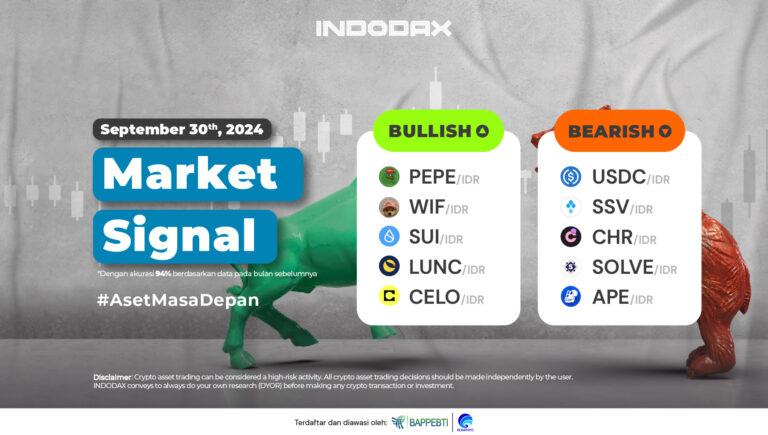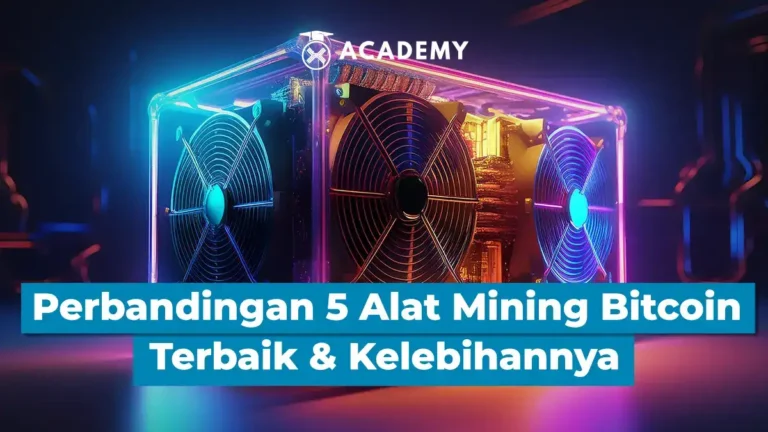Amid the rapid growth and increasing popularity of Ethereum as a major blockchain platform, Layer 2 (L2) solutions are emerging as innovations to address scalability challenges and high gas fees.
In general, layer 2 is the term used to refer to various Ethereum-specific scaling solutions. Layer 2 is a separate blockchain that extends Ethereum and inherits security guarantees from Ethereum.
Now, to understand more about what Ethereum layer 2 is, from its benefits, how it works, examples, to its most potential projects in 2024, check out the following review.
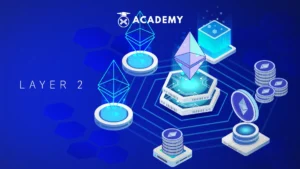
What is Layer 1?
Layer 1 is the basic blockchain. Ethereum and Bitcoin are both layer 1 blockchains because they are the foundation on which various layer 2 networks are based.
Examples of layer 2 projects include “rollups” on Ethereum and the Lightning Network on Bitcoin. All user transaction activity on these layer 2 projects can eventually be resolved back to the layer 1 blockchain.
Ethereum also acts as a data storage layer for layer 2. Layer 2 projects upload their transaction data to Ethereum, relying on Ethereum for data storage.
The data can be used to check the status of layer 2 or resolve transaction disputes in layer 2.
What is Layer 2 & Why do we need it?
The three desirable properties of a blockchain are decentralization, security, and scalability. The blockchain trilemma states that a simple blockchain architecture can only achieve two of the three properties.
Want to have a secure and decentralized blockchain? You need to sacrifice scalability. Currently, Ethereum processes more than 1,000,000 transactions per day.
The demand to use Ethereum can lead to high transaction fees. That’s where layer 2 networks come in.
Layer 2 Benefits
There are several benefits offered by Layer 2 in general, including the following:
1. Lower Fees
By combining multiple off-chain transactions into a single layer 1 transaction, transaction fees are significantly reduced, making Ethereum more affordable for everyone.
2. Maintaining Security
Settlement of transactions on the Ethereum Mainnet.
Layer 2 blockchains settle their transactions on the Ethereum Mainnet, which helps users to benefit from the security of the Ethereum network.
3. Expand Use Cases
With increased transactions per second, lower fees, and new technologies, projects will expand towards new applications with better user experience.
How does it Work?
As mentioned above, layer 2 is a collective term for Ethereum-scale solutions that handle transactions beyond Ethereum layer 1 while still taking advantage of the strong decentralized security of Ethereum layer 1.
Layer 2 is a separate blockchain that extends Ethereum. How does it work? There are several different types of layer 2, each with its own compromises and security model.
Layer 2 reduces the transaction load of layer 1 so that layer 1 becomes less congested and more scalable.
Rollup: One of the Layer 2 Examples
Rollups combine (or “roll up”) hundreds of transactions into a single transaction at layer 1. This distributes the layer 1 transaction cost to all users in the rollup thus making it cheaper for each user.
The transaction data in the rollup is sent to layer 1, but the execution is done separately by the rollup. By sending transaction data to layer 1, the rollup inherits security from Ethereum.
Once the data is uploaded to layer 1, rollup transaction invalidation requires an invalidation on Ethereum. There are two different approaches to rollups, namely optimistic and zero-knowledge-the main difference lies in the way this transaction data is sent to layer 1.
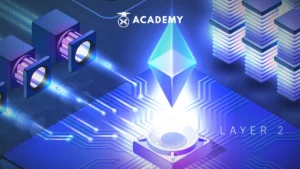
7 Ethereum Layer 2 Projects with the Most Potential in 2024
The crypto market started to show signs of a bullish phase in early 2024, with a different trend compared to previous halvings that focused solely on Bitcoin’s rise.
This time, the event was also accompanied by the rise of meme-concept altcoins and layer 2 Ethereum. These events open up exciting opportunities for investors and traders who want to explore innovative projects with great potential.
Here are the seven (7) Ethereum layer 2 projects with the most potential in 2024 to know about.
1. Arbitrum
Arbitrum Layer 2 Ethereum is a potential project of the year with a market capitalization of over US$2,800,000,000, making it one of the major players in the crypto market.
This second layer of Ethereum utilizes optimistic rollups technology to overcome scalability challenges by processing transactions faster and with lower fees than the Ethereum main network.
Arbitrum’s development team recently implemented the Atlas upgrade on its network, demonstrating their commitment to creating better scalability solutions.
These upgrades promise to lower transaction fees and improve overall network scalability, offering a more cost-effective and efficient environment.
Arbitrum offers compelling value to developers looking to build decentralized applications (dApps) and to users seeking a smoother experience on the Ethereum network.
2. ImmutableX
Immutable X is an Ethereum layer 2 solution that provides NFT infrastructure on the Ethereum blockchain. Its goal is to support the next generation of Web3. games.
The ImmutableX development team seeks to improve user and developer experience by offering seamless gameplay, fast transactions, and more efficient NFT creation.
Historically, the Ethereum network has faced scalability issues such as low transaction throughput, long transaction times, and expensive fees.
Therefore, mmutableX comes as a solution by using StarkEx zero-knowledge rollups (ZK rollups). They offer transaction speeds of up to 9,000 TPS while still maintaining the security that exists on the Ethereum blockchain.
This second layer also eliminates the need for developers to build their own infrastructure by providing software development tools (SDKs) and REST APIs.
As such, game studios and developers can focus on producing amazing gameplay rather than learning the intricacies of the backend.
3. Mantle
Mantle Network (MNT to IDR) is a Layer 2 scalability solution that runs on top of the Ethereum network. Validator nodes receive transactions from users and feed them to Ethereum as “compressed blocks”. This compression saves users gas fees while increasing transaction throughput.
The network uses a modular chain design. While monolithic chains handle transaction execution, consensus, settlement, and storage at the same network layer, Mantle Network processes them through different modules.
In its initial Mainnet version, the network operates as a Smart Contract Rollup with flexible data availability.
The Mantle execution layer provides an EVM-compatible environment for transaction execution, with a sequencer that creates blocks in L2 and sends root state data to L1.
Mantle DA, which uses EigenDA technology, provides data availability services to network participants by storing callback data that is normally published to L1 in traditional rollups.
With its modular architecture and data availability through EigenDA, Mantle is one of the most promising Ethereum Layer 2 projects in 2024.
4. Linea
Linea layer 2 Ethereum is a platform that aspires to be the ultimate gateway for interaction in the Web3 sector.
Their commitment to security is reflected in a multifaceted approach that includes a cryptographically secure zk architecture, partnerships with 20 security companies, and a robust reputation system.
The network uses advanced technologies such as lattice-based cryptography and zkSNARK verification to guarantee the security of each transaction and the system as a whole.
The diverse client base also strengthens security by eliminating the risk of failure at any one point.
Linea’s second layer has also established cooperation with 20 security companies to strengthen the ecosystem, providing real-time network monitoring and effective post-incident response. This ensures comprehensive user protection.
With the combination of innovative technology, collaborative approach, and commitment to security and decentralization, Linea is one of the most secure and reliable L2 platforms, making it a Layer 2 Ethereum project with great potential.
5. Starknet
Starknet comes as an innovative Layer 2 Validity-Rollup (or ZK-Rollup) solution built on Ethereum. This platform allows decentralized applications (dApps) to thrive without compromising security, fees, or scalability.
This Layer 2 Ethereum works by aggregating transactions into STARK proofs that are calculated off–chain.
Those proofs are then sent to Ethereum as a single transaction, resulting in high throughput, shorter processing times, and lower fees.
To achieve scalability, Starknet moves transaction processing from the Ethereum Mainnet (off-chain), but keeps the transaction summary on-chain.
Transactions are organized into specific blocks and processed off-chain before being aggregated back into a single transaction.
Starknet uses STARK (Scalable, Transparent ARgument of Knowledge) proofs to perform verifiable calculations that ensure transaction integrity and execution.
This innovative solution addresses Ethereum’s scalability issues, allowing developers to develop their applications more easily.
6. Optimism
Optimism is a Layer 2 solution known as “Optimism rollup”, an advanced technology to improve the security and scalability of Ethereum networks and other compatible EVM-based networks.
Specifically, Optimism leverages the consensus mechanism of its parent blockchain (such as PoW or PoS) rather than building its own consensus system. In this case, Ethereum acts as the parent blockchain for the OP Mainnet project.
Optimism is designed so that smart contracts in Layer 2 (OP Mainnet, OP Sepolia, etc.) and the underlying Layer 1 (Ethereum mainnet, Sepolia, etc.) can connect directly using a “Sequencer”. This allows easy transfer of ETH or tokens between the two networks.
The ideas and techniques proposed by Optimism simplify the relationship between Layer 1 and Layer 2, making it one of the most popular and promising interoperability platforms today.
7. Base
Ethereum Layer 2 Base is a promising initiative and is directly supported by the Coinbase development team. The platform is designed with the slogan “developer-friendly” and is fully compatible with the Ethereum Virtual Machine (EVM).
This EVM compatibility gives developers a huge advantage, allowing them to deploy applications on the network without the need to make extensive modifications to the code or tools they use.
Another advantage that Base offers is the ease of asset transfer. Users can easily move their assets between Ethereum, Coinbase, and other EVM-compatible chains, as well as the Base network.
This in turn allows for high interoperability and flexibility for users in managing their digital assets.
Let’s Invest in Crypto on INDODAX
Well, now you understand what layer 2 Ethereum is, from its benefits, how it works, examples, to its most potential projects in 2024.
Please note, if you are interested in making crypto investments easily, safely, and profitably, from buying bitcoin, buying ethereum, to buying other crypto assets, then you can buy them at INDODAX Market.
Furthermore, to make it easier to trade crypto safely and easily, you can also download the best crypto application from INDODAX via the Google Play Store or via the App Store right now!
As a reminder, INDODAX is the most popular, trusted, and still the best crypto asset trading platform in Indonesia.
As a disclaimer, it is also important to remember that like other types of investment, investing in crypto assets also carries risks, including fluctuations in the value of crypto assets and the high level of volatility of crypto assets.
Therefore, it is highly recommended for investors to always conduct in-depth research before investing in crypto assets.
So, let’s start investing in crypto assets right now only on the best and most trusted platform, INDODAX!
Conclusion
In conclusion, Layer 2 offers great benefits and potential in improving the scalability and efficiency of the Ethereum network.
With solutions like rollups, ZK-Rollups, and other technologies, Layer 2 enables increased transaction throughput, reduced fees, and faster processing times, while still maintaining Ethereum’s strong security.
The Layer 2 projects already mentioned, such as Arbitrum, ImmutableX, Mantle Network, Linea, Starknet, Optimism, and Base, are driving innovation in the blockchain world.
These projects provide various solutions that enable more efficient and affordable development of decentralized applications.
With the support of advanced technologies and innovative architectures, these projects help Ethereum to overcome scalability challenges and open up new opportunities for developers and users in the blockchain ecosystem.
FAQ
1. What is Layer 2?
Answer: Layer 2 (L2) is a scaling solution for Ethereum that operates outside of the main blockchain (Layer 1) while still using Ethereum security.
2. Why do we need Layer 2?
Answer: Layer 2 is needed to improve Ethereum’s scalability by reducing transaction fees and speeding up processing without sacrificing decentralization and security.
3. What is rollup in the context of Layer 2?
Answer: Rollup is a Layer 2 technology that combines multiple transactions into a single transaction at Layer 1 to reduce fees and increase efficiency.
4. What are the main benefits of using Layer 2?
Answer: The main benefits of Layer 2 include lower transaction costs, maintained security, and the ability to extend applications with a better user experience.
5. What is Arbitrum and how does it work?
Answer: Arbitrum is a Layer 2 project for Ethereum that uses optimistic rollups technology to improve scalability and reduce transaction fees.




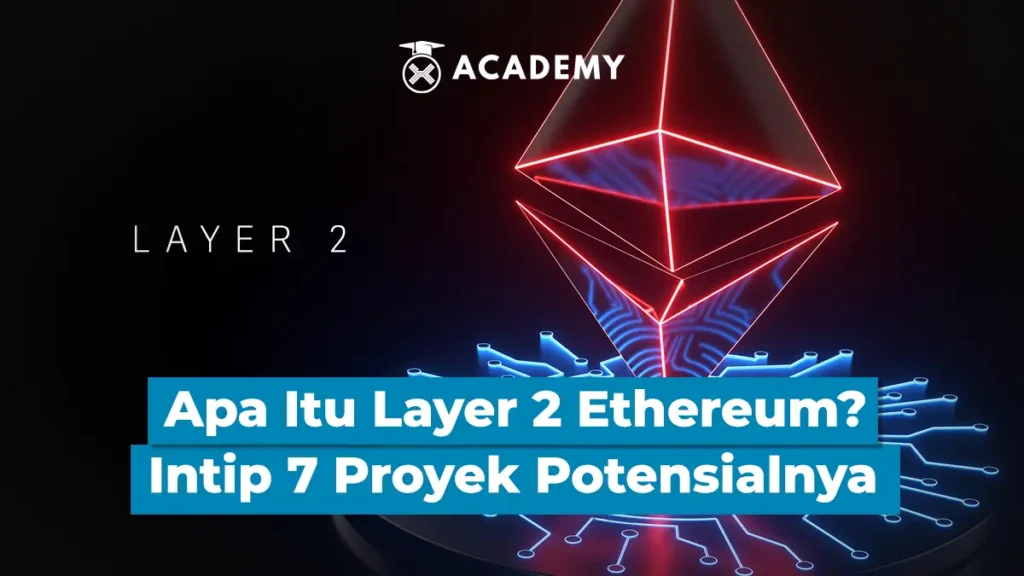
 Polkadot 8.91%
Polkadot 8.91%
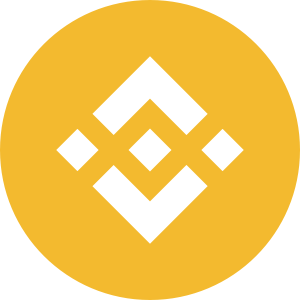 BNB 0.53%
BNB 0.53%
 Solana 4.86%
Solana 4.86%
 Ethereum 2.37%
Ethereum 2.37%
 Cardano 1.18%
Cardano 1.18%
 Polygon Ecosystem Token 2.14%
Polygon Ecosystem Token 2.14%
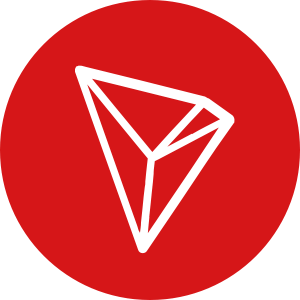 Tron 2.85%
Tron 2.85%
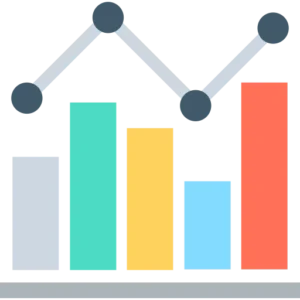 Market
Market